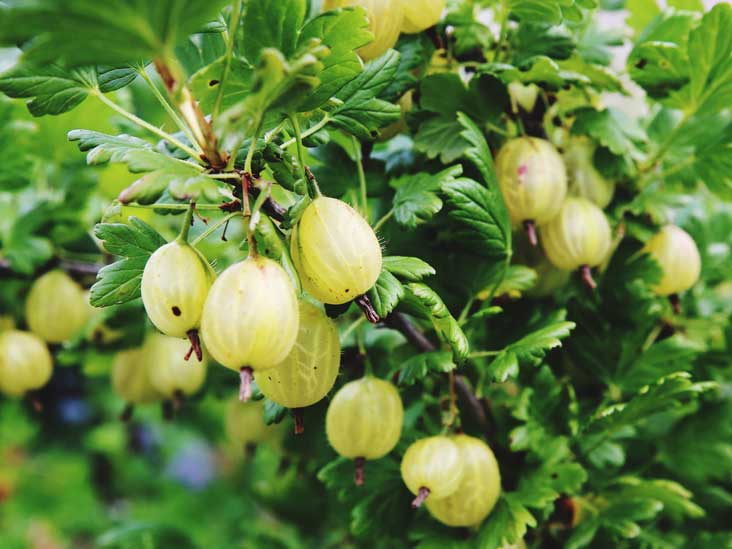Amla, which is grown in India and neighbouring countries, has developed a reputation as a “superfruit” across the world. It’s no surprise that a 100-gram dose of fresh amla berries has 20 oranges’ worth of vitamin C.
Amla, also known as Indian gooseberries, grows on the same-named flowering tree. The berries are tiny and spherical, with a brilliant or yellow-green colour. Despite the fact that they are rather sour on their own, their flavour may be enhanced when added to dishes.
While we don’t know exactly when Ayurvedic therapists began utilising amla berries in their medicines, historical records indicate that they have been utilised for at least 1,000 years.
Including this ancient superfruit in your diet may help you live a healthier life.
Health Advantages
Amla berries include antioxidants and vitamins that have a variety of health advantages. Amla’s high vitamin C content aids the body’s recovery from disease. Amla berries also contain flavonols, which have been linked to health advantages such as better memory.
Here are some more amla health benefits:
Diabetes Control
The soluble fibre in amla berries dissolves fast in the body, slowing the rate at which sugar is absorbed. This may aid in the reduction of blood sugar increases. In persons with type 2 diabetes, amla berries have a beneficial effect on blood glucose and cholesterol levels.
Improved Digestion
Amla berries include fibre that helps the body regulate bowel motions and may alleviate symptoms of irritable bowel syndrome. Amla berries’ high vitamin C content aids in the absorption of other minerals, thus they may be beneficial if you take iron or other mineral supplements.
Eyes that are healthier
Vitamin A is abundant in amla berries, which is important for eye health. Vitamin A not only improves eyesight, but it may also reduce the chance of macular degeneration with age. Vitamin C in amla helps to protect your eyes by combating germs, which can help to prevent conjunctivitis (pink eye) and other diseases.
Immunity
Amla berries provide 300mg of vitamin C per 100g serving (about a half cup), which is more than double the daily recommended dose for adults. Polyphenols, alkaloids, and flavonoids are all present in significant concentrations. Antibacterial and anti-inflammatory effects are found in amla.
Memory and Brain Functioning
Amla’s phytonutrients and antioxidants can help memory by combating free radicals, which can assault and damage brain cells. Amla’s high Vitamin C content aids in the production of norepinephrine, a neurotransmitter that has been shown to boost brain function in dementia patients.
Nutrients per Serving
A half-cup serving of amla berries contains:
- Calories: 33
- Protein: Less than 1 gram
- Fat: Less than 1 gram
- Carbohydrates: 8 grams
- Fiber: 3 grams
- Sugar: 0 grams
Amla berries are rich in antioxidants, which reduce the risk of chronic health conditions like heart disease, diabetes, and cancer.
Amla berries are also an excellent source of:
- Vitamin C
- Vitamin E
- Vitamin A
- Iron
- Calcium
Fresh amla berries are a great addition to healthy snack and meal ideas since they are strong in fibre and low in sugar.
Amla Berries: How to Cook Them
- Amla berries should be handled in the same way that grapes should be handled. If a recipe asks for entire berries, take cautious not to break them since amla berries are delicate.
- Amla berries can keep for about two weeks in the refrigerator. They freeze well as well.
- Here are some ways to include this tangy fruit in your diet:
- Pickle fresh amla fruit in the same way as cucumbers are pickled.
- Amla berries can be used in chutneys and curries.
- For a summery fruit salad, combine amla with sweeter fruits.
- Using a juicer, extract juice from amla berries. Alternatively, crush them and soak them in water overnight, then strain off the pulp and seeds and drink the juice.
- Amla berry jam or jelly can be made.

